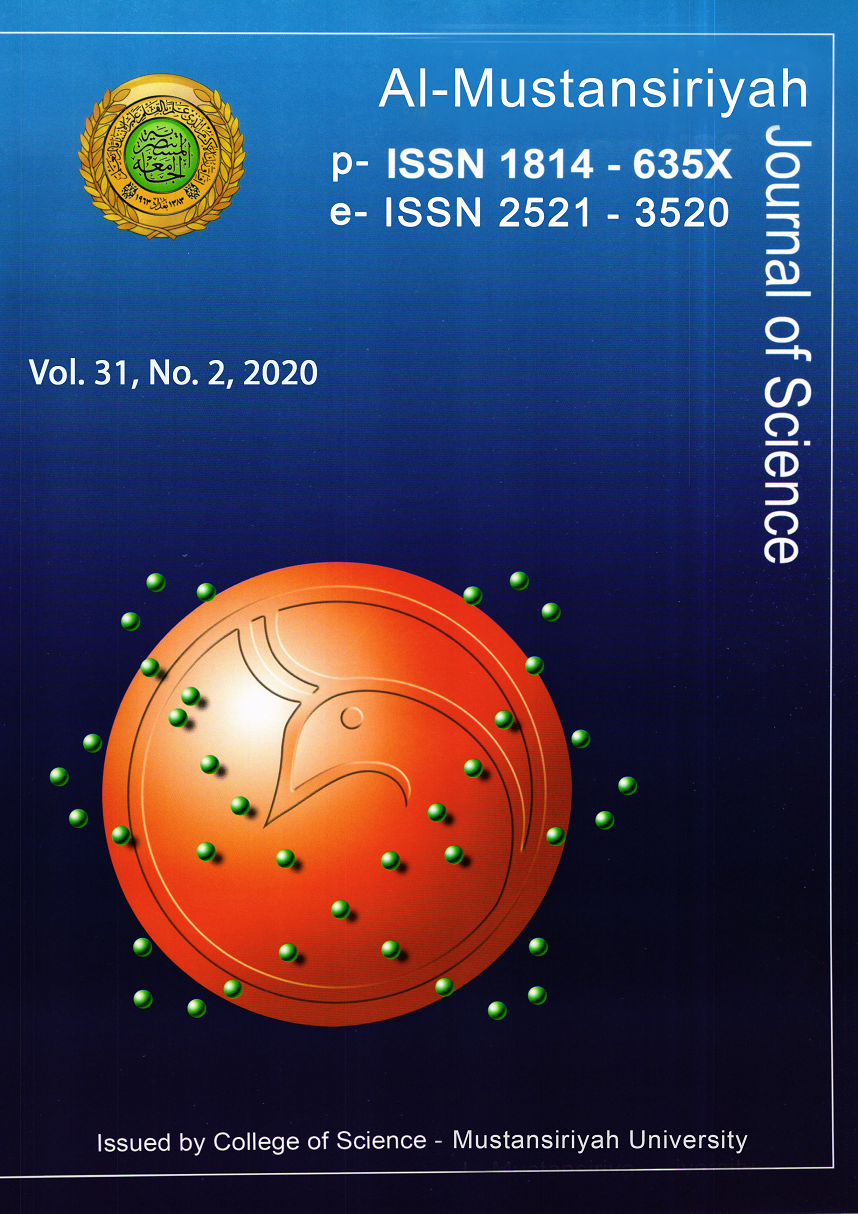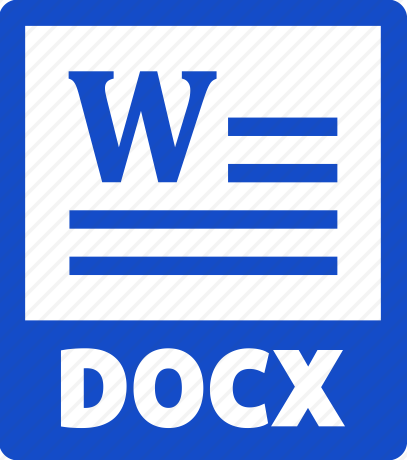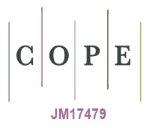Stopping Power and Partial Stopping Power Effective Charge in The Plasma
DOI:
https://doi.org/10.23851/mjs.v31i2.758Keywords:
Stopping power, partial stopping power, Charge state in plasma, energy loss, dielectric functionAbstract
The energy losses of ions moving in an electron gas can be studied through the stopping power of the medium. A large number of calculations of the stopping power of ions and electrons in plasmas have been carried out using the random phase approximation (RPA) in the dielectric formalism, for low and high energies. Then we calculated the partial stopping power effective charge (PSPEC) from the energy loss of an incident proton, Ar-ion, and He-ion in target plasma. The Brandt-Kitagawa (BK) model is used to describe the projectile charge fraction (q) and calculate the stopping power and PSPEC, which depends on temperature and electron density ρ(k) of the plasma. This is a topic of relevance to understanding the beam-target interaction in the contexts of particle driven fusion. The presented study is formulated in terms of classical dielectric functions. The programming language Fortran - 90 was used for a required calculation. In the present work, three systems of plasma (Z-pinch, Tokamak, ICF) for different temperatures and densities were covered. Additionally, a comparison has been done with the previous work of plasma.Downloads
References
A. A. J. C. M. S. Correa, "Calculating electronic stopping power in materials from first principles," Computational Materials Science, vol. 150, pp. 291-303, 2018. CROSSREF
W. Brandt and M. J. P. R. B. Kitagawa, "Effective stopping-power charges of swift ions in condensed matter," vol. 25, no. 9, p. 5631, 1982. CROSSREF
M. D. J. P. R. E. Barriga-Carrasco, "Heavy ion charge-state distribution effects on energy loss in plasmas," vol. 88, no. 4, p. 043107, 2013. CROSSREF
C. Couillaud, R. Deicas, P. Nardin, M. Beuve, J. Guihaumé, M. Renaud, M. Cukier, C. Deutsch, and G. J. P. R. E. Maynard, "Ionization and stopping of heavy ions in dense laser-ablated plasmas," vol. 49, no. 2, p. 1545, 1994. CROSSREF
J. Ortner and I. J. P. R. E. Tkachenko, "Stopping power of strongly coupled electronic plasmas: Sum rules and asymptotic forms," vol. 63, no. 2, p. 026403, 2001. CROSSREF
E. J. P. R. Fermi, "The ionization loss of energy in gases and in condensed materials," vol. 57, no. 6, p. 485, 1940. CROSSREF
J. J. D. V. S. M.-F. M. Lindhard, "On the properties of a gas of charged particles," vol. 28, p. 8, 1954.
J. Lindhard and A. Winther, Stopping power of electron gas and equipartition rule. Munksgaard, 1964.
D. C. García-Minguillán, "Interaction of proton beams with partially ionized plasmas," University of Castilla-La Mancha, 2014.
E. Bringa and N. J. P. R. E. Arista, "Energy loss of correlated ions in plasmas: Collective and individual contributions," vol. 54, no. 4, p. 4101, 1996. CROSSREF
M. Li, D. J. O'Connor, H. J. N. I. Timmers, M. i. P. R. S. B. B. I. w. Materials, and Atoms, "A study of the charge state approach to the stopping power of MeV B, N and O ions in carbon," vol. 222, no. 1-2, pp. 11-18, 2004. CROSSREF
W. J. N. I. Brandt and M. i. P. Research, "Effective charges of ions and the stopping power of dense media," vol. 194, no. 1-3, pp. 13-19, 1982. CROSSREF
E. Nardi and Z. J. P. R. L. Zinamon, "Charge state and slowing of fast ions in a plasma," vol. 49, no. 17, p. 1251, 1982. CROSSREF
M. Kojima, M. Mitomo, T. Sasaki, J. Hasegawa, M. J. L. Ogawa, and P. Beams, "Charge-state distribution and energy loss of 3.2-MeV oxygen ions in laser-plasma produced from solid hydrogen," vol. 20, no. 3, pp. 475-478, 2002. CROSSREF
J. A. Bittencourt, Fundamentals of plasma physics. Springer Science & Business Media, 2013.
Downloads
Key Dates
Published
Issue
Section
License
(Starting May 5, 2024) Authors retain copyright and grant the journal right of first publication with the work simultaneously licensed under a Creative Commons Attribution (CC-BY) 4.0 License that allows others to share the work with an acknowledgement of the work’s authorship and initial publication in this journal.






















